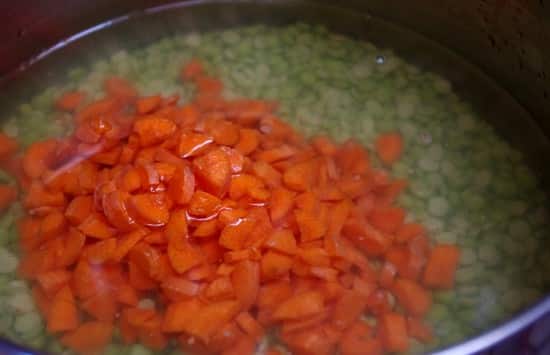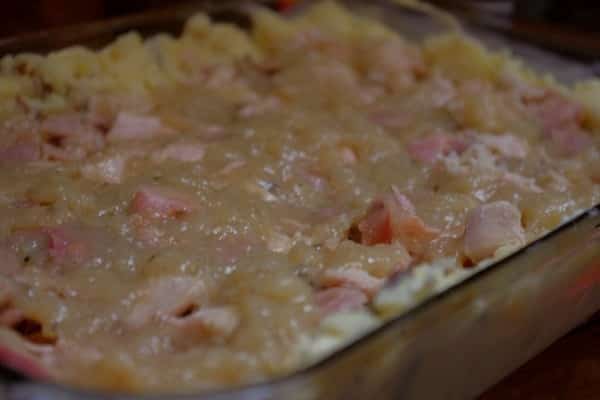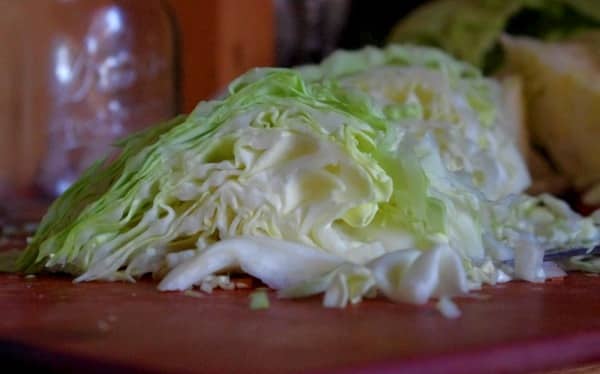Learning to Cook by Flavor Profile, not Recipe

I was a new wife when I realized I only knew how to cook a handful of things. This wasn’t all that upsetting until I began to care more about what I was feeding my husband and then my new baby.
So I spent a great deal of time in those early months of marriage learning how to cook. I was fascinated with the cultural food practices of different areas of the world.
Italian food came out of our kitchen in the form of hand-rolled raviolis. Greek food graced our table in a less-than-loved tomato tart wrapped in thin, crispy phyllo dough. And European foods in all shapes and sizes became staples with their herbaceous, hearty flavors.

After checking out dozens and dozens of cookbooks from our library, and watching countless from-scratch cooking shows, I began to move further away from recipes and more into ingredient-based cooking. Though, to be honest, I’ve never been an exact recipe-follower. Write recipes? Sure. Follow someone else’s to the letter? Somehow I just can never make myself do it.
All of this lead to my philosophy on cooking: learn to cook by method and flavor profile, not by recipe. Of course I use recipes all the time, but to really learn to cook using real food and real ingredients you want to be able to use just those ingredients, not a long list of them from an exact recipe.
So, I thought I’d share with you how I go about putting together a meal that has a cultural distinction to it – whether it is Italian, Southwestern, Asian, or European.
Italian
- Herbs such as basil, oregano, thyme, rosemary, parsley.
- Tomato sauces with above herbs and aromatics like onion and garlic.
- Fats such as olive oil, butter or lard.
- Acids such as red wine vinegar or lemon juice.
- Simple bean, meat, or vegetable dishes combining the above flavor elements.
Southwestern/Mexican
- Herbs such as cilantro or Mexican oregano.
- Spices such as cumin, spicy cayenne or jalapeno peppers, or ground chilis or chili powder.
- Onions and garlic as flavor base sauteed or mixed into a fresh salsa or sour cream.
- Fats such as lard or soured cream.
- Acids such as lime, lemon, or orange.
- Simple meat dishes often with tortillas of corn, and usually with beans and a fresh vegetable dish combining the above flavor elements.

French
- Heavy on herbs such as thyme, sage, rosemary, herbs de provence, lavender, parsley.
- Acids such as lemon, wine vinegars, or wine.
- Fats such as butter, olive oil, animal fats, cream – and plenty of them.
- Mirepoix to begin any dish: onion, celery, carrot.
- Meat and lots of vegetable dishes combining the above flavor profiles, as well as artisan breads.
European (meaning mostly Eastern European)
- Herbs such as dill, chives, and parsley.
- Acids such as wine, grain, or apple cider vinegars.
- Fats such as lard and sour cream.
- Cold-loving vegetables such as onions, roots, and garlic.
- Think Borscht, potato pancakes, cabbage rolls, sausages, sauerkraut, hearty stews, etc.
Middle Eastern
- Herbs such as parsley, mint, or thyme.
- Spices such as cinnamon, cloves, cumin, coriander, fenugreek, etc.
- Acids like lemon and other citrus.
- Fats like ghee and olive oil.
- Meat, rice, wheat grain or bread, pulses such as lentils and chickpeas, and vegetable dishes with the above flavors. Think tabbouleh, hummus, Indian curry, and fresh herbaceous salads.
Asian
- Herbs such as cilantro and mint.
- Aromatics such as spring onion, garlic, and ginger.
- Hot peppers of all sorts and fermented soy products such as soy sauce and natto; with minimal use of un-fermented soy as in tofu.
- Lime and coconut as in Thai food.
- Brothy soups made from beef, pork, or fish; rice and vegetable-heavy dishes using the above aromatics; and plenty of seafood and pork as the main meats in the region.
None of these I necessarily claim to be 100% authentic. Instead, these flavor profiles allow me to create a familiar cultural dish with real foods that I already have on hand. Furthermore, in looking through these profiles and cross-referencing them with the foods I know we can produce, it becomes clear to me why these cultures eat what they eat: it’s what grows there.
